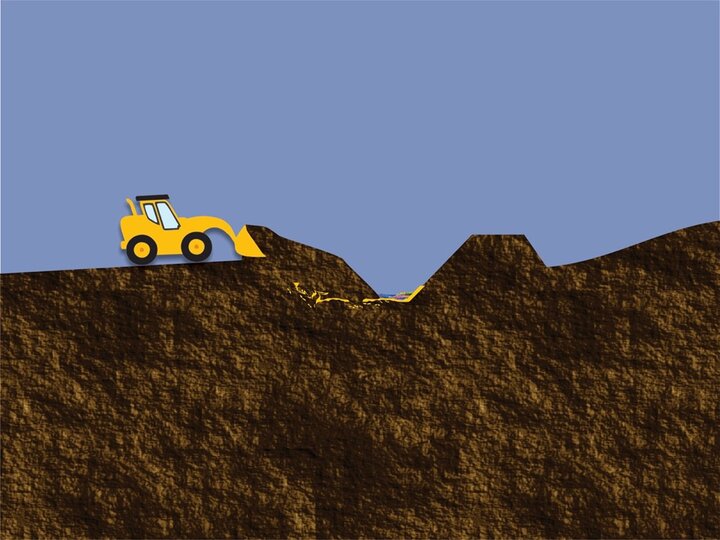Lagoon Closure and Your Environmental Responsibility
Abandoned manure storages present a risk to the environment by accidental overflow or leakage due to lack of management. It is in the best interest of the environment and the property owner, who is liable for any environmental damage resulting from any discharge, whether leakage or overflow, to properly close any unused manure storage structure.

The University of Nebraska Haskell Ag Laboratory, located near Concord, NE, had an anaerobic swine lagoon that was operated for over 20 years but had not received manure additions since 2009 when the swine unit was depopulated. The decommissioning of this storage was proposed in 2014 and provided an opportunity to plan, implement, and document the procedures necessary to properly close out this structure. Documentation of all planning, demonstration, and closure execution activities were captured via extensive video footage, still photos, and participant interviews. Two U.S. Pork Center of Excellence grants were secured in 2016 to fund our team efforts to document the closure process – from planning to completion – with two separate videos.
Estimating the volume, nutrients and land application needs of accumulated effluent and biosolids
The first video is focused on the planning activities necessary to prepare for removal and utilization of stored liquid and sludge. The first video includes discussion of:
- benefits of planning for utilization of stored nutrients,
- estimating the volume of liquid and sludge,
- sampling for lab analysis,
- how to read a nutrient analysis report,
- value of stored nutrients, and
- application recommendations for storage contents e.
Applying nutrients to cropland and decommissioning the structure
The second video is focused on the liquid and sludge removal and utilization activities, decommissioning of conveyance structures, and deconstruction of the lagoon berm to return the site to a natural grade. The second video includes discussion of:
- recommended practices for land applying liquid and sludge to cropland,
- methods for removing, hauling and applying liquid and sludge to cropland,
- steps to calibrate a manure spreader,
- how to decommission conveyance pipes and other system components, and
- recommended land grading and ground cover establishment.
Request an Inspection
All manure storages being decommissioned in Nebraska need to be inspected prior to beginning the closure process, including those structures on unpermitted facilities. Even if you have taken ownership of a property and it has not held animals while you've possessed it, the property owner is obligated to contact NDEQ to request an inspection prior to the closure. Contact the Ag Section of NDEQ at: 402-471-4239.
This article was reviewed by Larry Howard, Todd Whitney, and Derek Schreiter